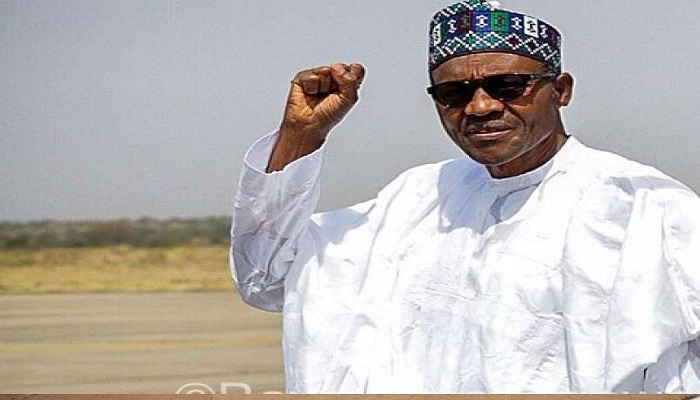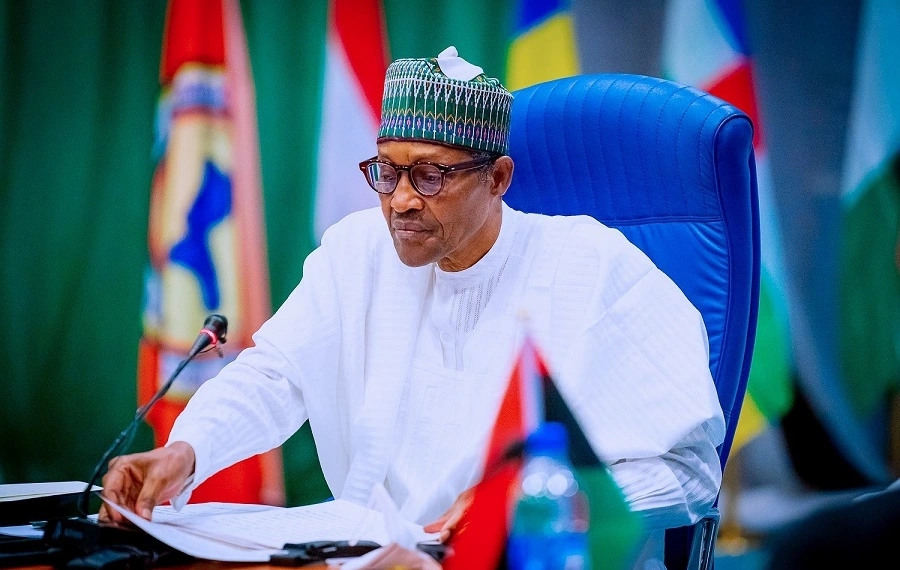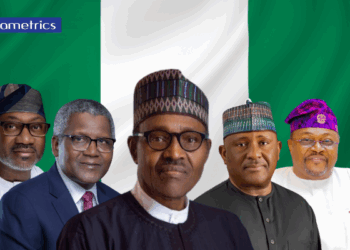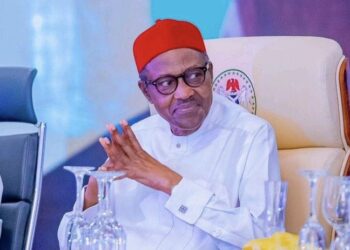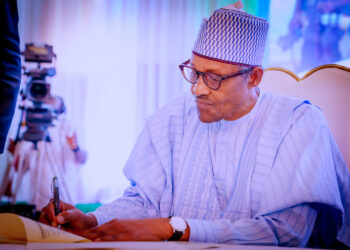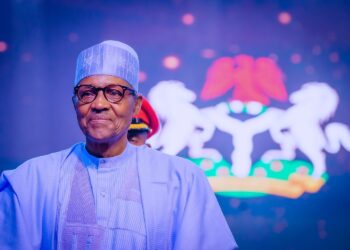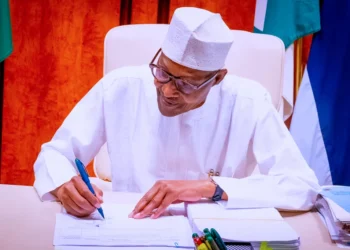Despite the unimpressive outing of the Buhari-led administration in 2017, there are still laudable efforts like some on-going projects which, when completed, are expected to yield fruits which would cushion the effects of hardships experienced by Nigerians in recent years.
The N100 Billion Sukuk Bond
The Nigerian government issued the debut sovereign sukuk of N100 billion in September 2017, with a tenor of 7 years. The bond was raised to facilitate the rehabilitation of 25 key economic road projects across the country. The offer was well received and oversubscribed to the tune of N105.87 billion. This milestone is a sign of confidence in the Nigerian economy which is just crawling out of recession.
Each geo-political zone will benefit by an equal amount of N16.67b from the funds. Major highways currently receiving special attention from the sukuk funds are:
- Oyo – Ogbomosho expressway
- Ofusu – Ore – Ajebandele – Shagamu dual carriageway
- Yenagoa Road Junction – Kolo Otuoke – Bayelsa Palm

- Enugu – Port Harcourt dual carriageway
- Onitsha – Enugu expressway
- Kaduna Eastern Bypass
- Dualisation of Kano – Maiduguri road
- Dualisation of Abuja – Lokoja – Benin road
- Dualisation of Suleja – Minna road
The On-going Construction of the Second Niger Bridge
The Second Niger bridge project, which is divided into 3 phases, will bypass Onitsha and Asaba to connect to the Owerri-Onitsha expressway at Nkwerre-Ezunaka, and then cross Atani to the Asaba-Benin Expressway at Okpanam with a total length of 44 kilometres.

The Federal Government, under President Muhammadu Buhari, has so far spent over N2bn from the Sovereign Wealth Fund (SWF) for the completion of the bridge. It has also assured Nigerians that the present administration would complete the bridge before the end of 2019.
The first Onitsha-Asaba Niger Bridge was completed in December 1965. Built by the French construction giant Dumez, the bridge linked the defunct Eastern and Western regions of Nigeria. Today, it is the major corridor of trade between the South-East, South-South, South-West and North-Central zones.
Power Projects
Mambilla Power Station, one of Africa’s (and Nigeria’s) biggest dam projects, is a hydro power plant project which will be connected to 3 dams across Donga River in Taraba State. Conceived in 1982, the main Mambilla Dam is a rolled compact concrete dam and reservoir at 1,300 meters (4,300 ft) above sea level.
This project has been on the drawing board for 40 years, but now the engineering, procurement and construction contract for the 3,050MW project has been agreed with a Chinese joint venture company with a financing commitment from the government of China.

The 3,050MW hydro power project worth over $5.792 billion (about N2.096 trillion) in Taraba state, upon completion, will bring a new dawn in the nation’s power sector with ample provision for energy needs.
The Zungeru 700MW hydroelectric power project, stalled by court cases, is due for completion in 2019. The transmission and other requirements to operate the 30MW Gurara Phase 1 hydroelectric plant, the 40MW Kashimbilla hydroelectric plant and the 215 MW Kaduna Gas/LPG/Diesel power plant will also be completed this year.
Modular Refinery
Earlier in the year, Vice President Prof. Yemi Osinbajo, went on a fact-finding mission to the restive region of Niger-Delta. He used the opportunity to visit the oil communities in the region and also meet with religious leaders, traditional rulers and opinion leaders in the oil producing communities.

In the past 10 years, Nigeria’s oil and gas sector has been comatose, or at best, seen sluggish growth. This has led to a lively debate on the need for modular refineries as a quick fix for the shortages, rather than continue to import at very high costs to the nation.
The government has issued licences for 10 modular refineries which will be located in 5 out of the 9 states in the Niger-Delta region. The states are Akwa Ibom, Cross River, Delta, Edo and Imo states. 2 of the refineries ( Amakpe refinery in Akwa Ibom and OPAC refinery located in Delta State) have their mini-refinery modules already fabricated, assembled and containerised overseas, ready for shipment to Nigeria for installation.
The total proposed refining capacities of the 10 licensed refineries stand at 300,000 barrels. The government intends to stop the importation of refined petroleum products by 2019.
The Rail Projects
the first of the 2 major rail projects of the federal government is the Coastal Rail project, which is from Lagos to Calabar traversing Lagos-Ore-Benin City-Sapele-Warri-Yenegoa with sidings to Otuoke, Port Harcourt, Aba, Uyo, Calabar and branch lines from Benin-City, Abudu, Onitsha including Onitsha rail bridge.
The Federal Government, during the years, signed an agreement with China Civil Engineering Construction Company (CCECC) for the construction of the Lagos-Calabar coastal railway line at $11.117billion. It was able to negotiate the price of the contract downwards, by $800 million as the contract was initially valued at $11.917billion.

Minister of Transportation, Rotimi Chibuike Amaechi, said that the first segment of the rail line, which comprises Calabar, Uyo, Aba and Port-Harcourt will be ready within 2 years.
The second is the Lagos-Kano rail project, which traverses Lagos-Abeokuta, Ibadan, Osogbo, Ilorin, Jebba, Minna, Kaduna, Zaria and Kano with branch lines from Minna and Abuja and Abuja/Kaduna.
The President recently commissioned the 185 km Abuja-Kaduna standard gauge rail line which is one of the first standard gauge rail lines in Nigeria and was constructed by CCECC. The project features cargo and passenger trains and 4000 people were employed during construction. Passenger trains on the line can operate at speeds of up to 200kms per hour while cargo trains can travel at speeds up to 150kms per hour.
Fight against Insurgents in the North East
While the nation continues to battle the dreaded Boko Haram group, there is good news from the frontline as soldiers now have access to better equipment to execute the war and many countries are more ready to provide military hardware to support the fight against insurgents. Recently, the kingdom of Jordan made a donation of 200 armored fighting vehicles to the Nigerian government.

The US government also donated 24 Mine-Resistant Armor Protected (MRAP) vehicles to the Nigerian military, as part of its commitment to the fight against insurgency.
Extraction and Solid Minerals
The Ministry of Mines and Steel Development says it contributed N3.5 billion to the Federation Account in 2017. According to the minister of solid minerals, Mr. Kayode Fayemi, the ministry’s aspiration remained to “build a world class minerals and mining ecosystem designed to serve a targeted domestic and export market for Nigeria’s minerals and ores.”
Mr. Fayemi said that the ministry made steady progress in 2017, adding that as at November, the sector had already surpassed the entire revenue of about N2 billion generated in 2016.

“In 2017, the ministry featured in the story of our journey to economic recovery and consolidation; the GDP figures for second quarter 2017, the Nigerian Bureau of Statistics indicated that the economy grew by 0.55 per cent.
“The improved performance was not only the Oil and Gas sector, but other economic activities like mining; the sector grew by 2.24 per cent in that quarter.
“The mining sector remains a critical factor in the implementation of the Economic Recovery and Growth Plan (2017-2020) which projects that the minerals and metals sector will be one of those that will drive Nigeria’s recovery.
“It is also expected to grow sectorial contribution to GDP from N103 billion (2015) to N141 billion in 2020, at an average annual growth rate of 8.54 per cent.” He said.
Customs Revenue Generation
2017 witnessed a significant increase in the activities of the Nigerian Customs Service. The agency, under the leadership of the no-nonsense Col. Hammed Ali (rtd), recorded its highest revenue collection ever of over N1 trillion as against the N770 billion target set for 2017.

This feat was achieved despite the economic recession experienced earlier in the year, with low volume of imports and restriction placed on 41 items from accessing Forex. The Comptroller-General embarked on the restructuring and repositioning of the service for efficient service delivery which resulted in the historic revenue figure from the service in 2017.
Voluntary Asset and Income Declaration Scheme (VAIDS).
In its bid to increase its revenue generation through tax payment, the government initiated the VAIDS scheme. This scheme provides an ‘amnesty’ window for tax payers to regularise their tax status in relation to previous tax periods and pay any tax due.

The scheme is expected to last for 9 months only – from 1st July, 2017 to 31st March, 2018. The scheme has fetched $50 million, as reported by Babatunde Fowler, Chairman of Federal Inland Revenue Service (FIRS). Upon expiration of the Voluntary Asset and Income Declaration programme in March 2018, the government will concentrate criminal prosecution efforts on those who would have evaded taxes and yet failed to take advantage of the scheme.
Increase in External Reserves
The rise in crude oil price at the international market has pushed Nigeria’s external reserve to $40.4 billion, making it the first time in exactly 4 years since the country’s reserves hit the $40 billion mark.

Crude oil price maintained a steady climb, with latest reports showing it at $67.80 per barrel. There is optimism that with determination of the CBN and the co-operation of the fiscal authorities, the external reserves will continue to grow in the course of 2018.
Conclusion
It is however worthy of note that most of the projects of this administration are still at their preliminary stages; hence, most Nigerians are yet to feel the impact of these projects.
Nairametrics is of the opinion that the government must wake up from its slumber and stop the sickening buck passing. 2018 is a very important year in the life of this administration as it is the year preceding the 2019 elections.
Mr. President, Nigerians want results and time is of the essence.

